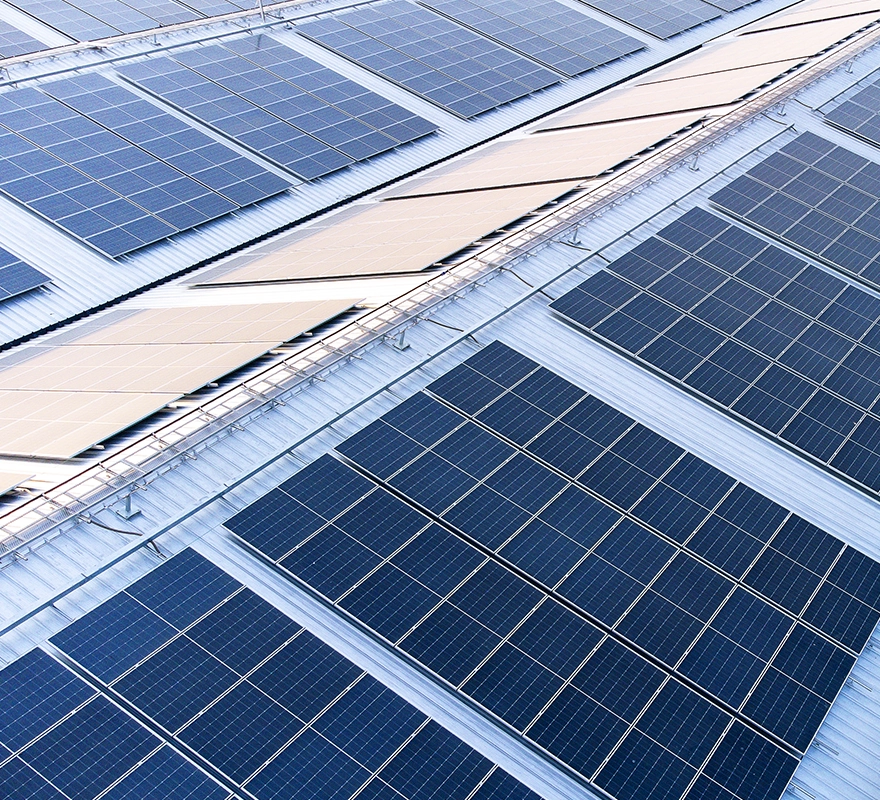Contendre Solar offers customized rooftop solar solutions for commercial, industrial, and residential properties, helping you reduce costs and carbon footprint. With expert installations and government scheme partnerships, we make solar energy affordable and accessible. Switch to Contendre Solar for reliable, sustainable energy solutions today!
Contendre Solar is a leading provider of commercial and industrial solar solutions in Maharashtra, India. With a team of experienced solar experts, we deliver high-quality solar services that guarantee a return on investment by reducing electricity bills. Our commercial and industrial rooftop solutions help businesses and industries achieve significant energy savings while maintaining the highest standards of quality and performance.
Commecial Scale Energy
Ready-to-Use Solar Systems for Factories, Warehouses & Industrial Buildings
Solar energy is one of the smartest investments businesses can make today, providing great returns through unused rooftop spaces with low maintenance. Not only does it reduce electricity expenses but also contributes greatly to a greener environment. Industrial & Commercial Solar Rooftops with cutting-edge solutions are available from Contendre Solar.
Investing in industrial solar rooftop solutions from Contendre Solar will help businesses reap the benefits of saving their electricity bills while also getting long-term savings and sustainability. Our customized commercial and industrial solar panels are made as per the specific needs of industries such as textiles, cement, steel, chemicals, and more. Such a solution is not only cost-effective but also helps reduce a company's carbon footprint. This further enhances community goodwill and stakeholder perceptions.
With our expertise in industrial solar panel installation and commercial solar PV panels, Contendre Solar ensures seamless implementation of commercial and industrial solar rooftop solutions. From reducing the overall commercial solar panel cost to optimizing the commercial solar installation cost, we provide end-to-end support for businesses transitioning to renewable energy.
Contendre Solar’s innovative solutions empower industries to cut down on electricity expenses while making sustainable choices. Whether you need commercial solar panels or a complete industrial solar rooftop setup, we provide tailored services to suit your space and energy requirements. Power your property with Contendre Solar and enjoy long-term savings without worrying about high electricity bills.

Commercial solar panels offer efficient, cost-effective, and environmentally friendly energy solutions, making them an ideal choice for businesses looking to reduce costs and enhance sustainability.